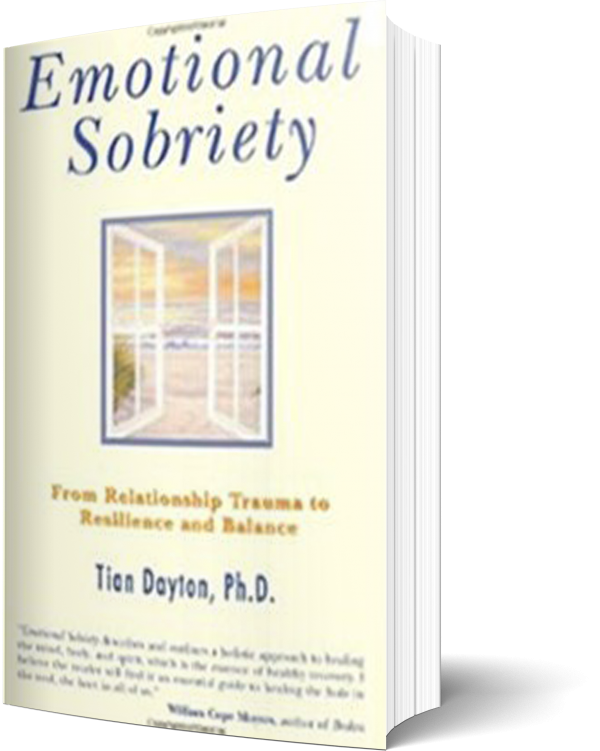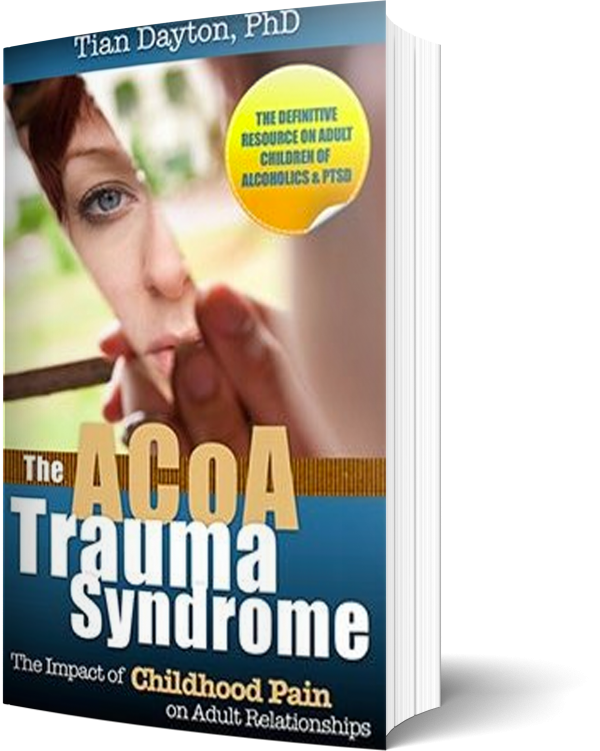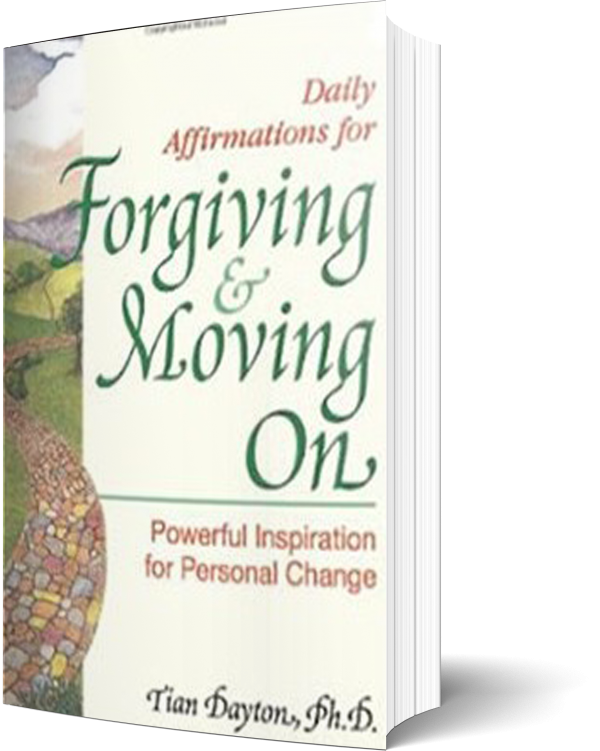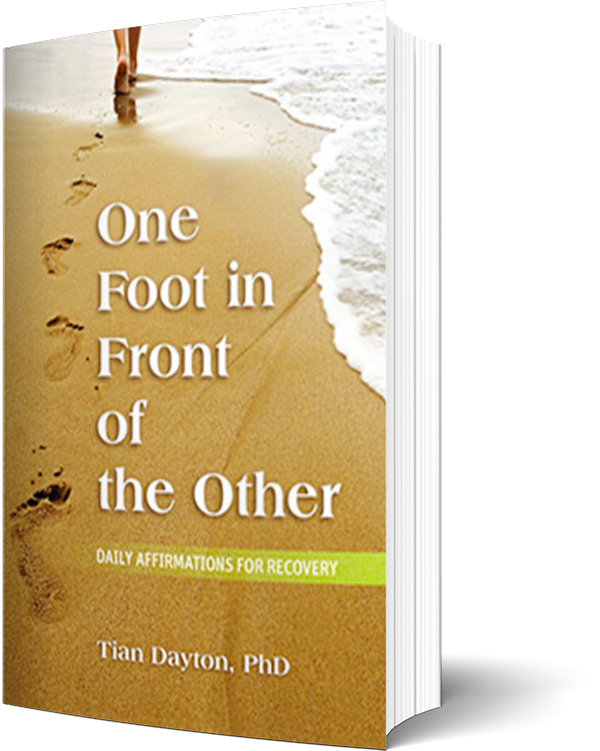Mother love, the kind that sinks deep into your mind, body and heart and shapes forever your ability to live comfortably in your own skin, is a gift that lasts for a lifetime; a legacy that passes down through the generations. Neuroscience tells us that love is a full brain and body experience associated with the kinds of neurochemicals coursing through us that we experience as emotions. “Feel good” body chemicals, like dopamine and oxytocin, are actually turned on by behaviors like holding, hugging and touching associated with love and connection. They are Mother Nature’s way of rewarding the deep bonds that lead to survival.
Maternal and romantic love are what make the world go round; they share a common, evolutionary purpose of ensuring that our species will thrive. Through their powerful bonding neurochemistry, they attach parents to children, children to parents, and couples to each other long enough to accomplish the awesome and awe inspiring task of people-making.
No longer nature vs. nurture, attachment theory has evolved to an understanding that a child’s neural wiring is laid down by the seamless interconnectedness of both nature andnurture. Children are born only partially hardwired in their capacity to experience and hold their powerful emotions. Nurture completes the job. In a seamless synchronization of mutual responsiveness, the mother’s attunement to the states of the child actually co-creates the neural wiring that helps to customize and optimize their child’s capacity for intimacy. Emotional connection is co-created; people skills begin at home. Psychologists today look less at what a parent is saying or doing to a child and more at how a parent is being with that child.
Jonathon Bowlby, in his seminal writing on attachment and loss, talked much about the “space in between” mother and child as a “holding environment” through which the child comes not only to see the mother but to experience and see himself. Today neuroscience postulates that it is through this bond, that the child absorbs both the skills of self-regulation and relational regulation that will eventually become his own.
Initially the child experiences the mother as his whole world, in her expression he finds his own emotional state reflected back to him. When this child has an emotional reaction that feels overwhelming, it is the attuned mother’s instinct to mirror his distress then provide an emotional map through her own vocalizations, facial expressions and physical touch that can gently guide him back into balance. What mother among us has not found herself rocking a sack of flour at the check out counter once or twice? Just like mothers of so many species, human mothers rock and coo instinctively. Our child’s screech tugs at our hearts so much so that we ourselves cannot rest until we have brought this little charge of ours, this little being that we have co-created, back from the terrifying edges of his own intense emotion into a state of balance and calm. And when we are rewarded by a smile, by that look of peace and tranquility that only a baby can wear, our world is right again as well.
My daughter and her husband had a baby 14 months ago, and their love has done nothing less than shape their child’s very humanness. He cannot blow enough kisses to the world. As charming as this is, upon closer observation, these kisses are anything but random. They are spontaneous extensions of his feeling states of the moment, they are concurrent expressions of inner experiences that light up his little body like a radiance from within, they are attuned and appropriate. They are real, not written on balloons, phoned in or paid for — you have to earn them and he has to feel them, to grant them. They are a communication of a deeper feeling that begs both countenance and connection.
“Secure attachment,” says Alan Schore, author of Affect Regulation and the Origin of the Self, “depends not only on the mother’s psychological attunement with the infant’s cognition or behavior, but rather on her regulation of the infant’s internal arousal, the energetic dimension of the child’s affective (read: feeling) state. Through nonverbal visual-facial, tactile-gestural, and auditory… communication, the caregiver and infant learn the rhythmic structure of the other and modify that behavior to fit that structure, thereby co-creating a specifically fitted interaction. During the bodily based affective communications of mutual gaze, the attuned mother synchronizes the spatio-temporal patterning of her… rhythms… to accomplish this [mutual regulation] the sensitive mother must successfully modulate… high or… low levels of stimulation that would induce supra-heightened or extremely low levels or arousal in the infant.”
In other words, the attuned mother emotionally finds her child if he is dancing precipitously along the edges of emotional states that feel extreme in either direction; if he is non-responsive, she tries to get him to come alive, to come to her. If he is too agitated, she coos him back to an emotional state that feels more balanced to both of them. It is this mutually created felt state that the child eventually internalizes as his own. In this way the parent helps the child learn what feeling goes with what gesture and eventually with what word and what relational connection.
This ability to connect feeling to gesture and eventually to words and communication is the corner stone of emotional intelligence and literacy. It can only be learned though relationship, love and connection that is real. The Hindus say that “the mother’s lap is the child’s first classroom.” Neuroscience helps us to understand just what is being taught and learned on this lap of love and it’s importance not only to the child, but to society and mankind.





